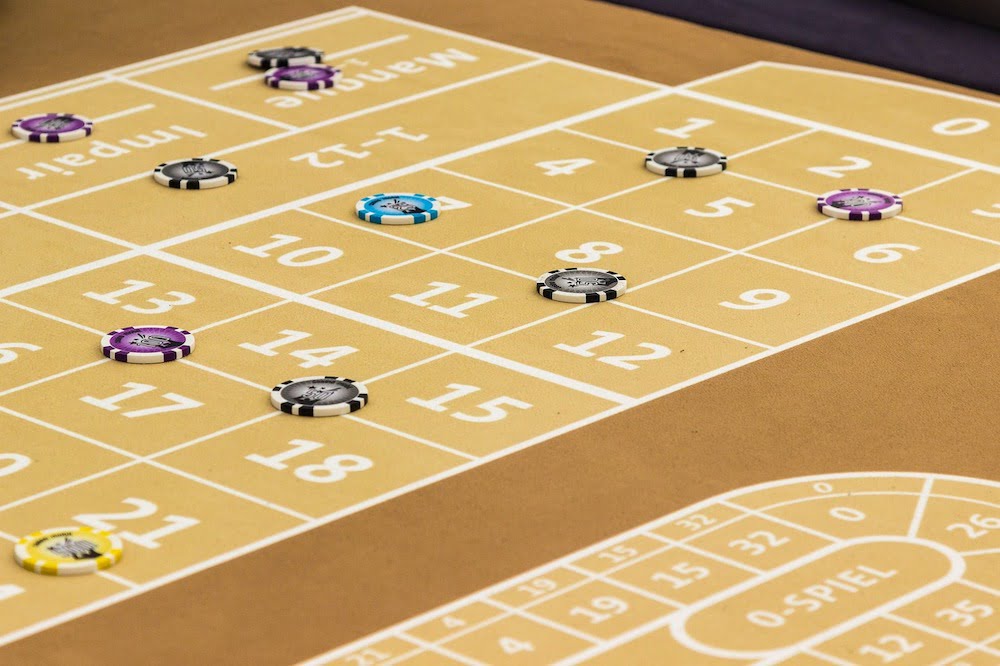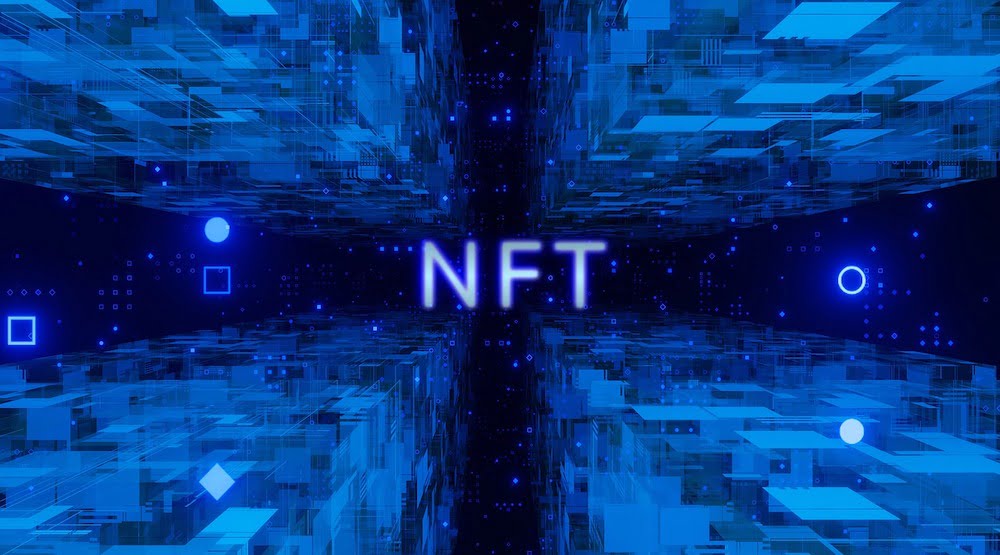The Emergence, Rise, and Potential Future of NFT Gaming
Discover the transformative power of NFT gaming and how blockchain technology is revolutionizing the gaming industry.

Non-fungible tokens (NFTs) and blockchain have seen a huge rise over recent years, not least in entertainment. So, let's take a look at how technology has transformed gaming, taking a dive into the rise of NFT games.
How Technology Has Changed Gaming
Many sectors of gaming have experienced what is known as a 'digital transformation' over the last couple of decades. This introduction of technology into the world of gaming has allowed platforms to offer modern forms of traditional games. Just take something like iGaming. In online casinos, players can try their hand at traditional table games through their internet-connected device. For example, there are many roulette games to play online such as Live Roulette, Roulette Green, and Premium European Roulette, which are streamed in real time to online players. The introduction of technology allows iGamers to have an authentic and immersive experience.

Source: Pixabay
In addition, it opens the door for such games to introduce unique, digital elements to the traditional gameplay. Gold Vault Roulette, Fire Blaze Roulette, and Age of the Gods Roulette include themed graphics and interactive elements that switch-up the gameplay, putting a new spin on traditional table games.
In the same vein, NFT gaming has transformed the way that traditional games are played, with the ability to play games through apps like Telegram. Tokens available in the games dictate the rules of gameplay, the way in which players interact, and how they navigate the digital space. Whilst traditional games have in-game assets that are only valuable in the gameplay itself, tokens from NFT games can be transferred to other platforms and have monetary value outside the game.
Rise in NFT Gaming
In 2021, the NFT gaming market was valued at $755 million. By 2024, it is estimated that the NFT gaming market size amounts to $471.9 billion. This reflects the growth of the overall online gaming market that has catapulted over recent years due to increasing demand. However, many sectors have started to plateau after such a spike in popularity - but not NFT gaming. Thanks to the ever-growing metaverse, NFT gaming continues to rise in demand.
It is estimated that the market size will grow at a compound annual growth rate (CAGR) of 14.84% between 2024 and 2029. By 2029, it is predicted that the market will reach heights of $942.58 billion in value. This increase in demand correlates to the uptake of blockchain and cloud computing around the world, which continues to diversify and amplify the market.

Source: Pixabay
NFT Gaming Trends
As the NFT gaming market continues to grow, the variety of games does too. That said, play-to-earn games are still thriving. Some of the most popular play-to-earn NFT games in 2024 include Axie Infinity, Polywin, The Sandbox, Forest Knight, and Galaxy Fight Club.
However, there is an increasing demand for cross-platform compatibility due to the rise in cloud gaming. This allows players to play games across different platforms with seamless device switching. Perhaps the most highly-regarded NFT games with cross-platform software include Decentraland, 9Lives Arena, and Space Mavericks.
With the expansion of the metaverse, this could spell the future of NFT gaming. This would include integrating immersive virtual environments that can be accessed through augmented (AR) and virtual reality (VR), and implementing decentralized financial systems supported by the metaverse.
As you can see, technology has been transforming gaming for years - and NFT gaming is no different. With a predicted increase in market size and a push towards widespread compatibility, the future looks bright for NFT gaming.





